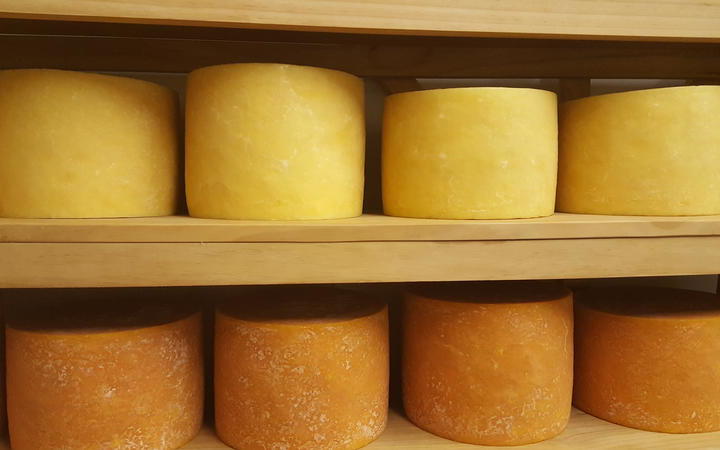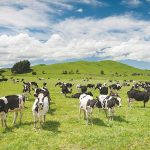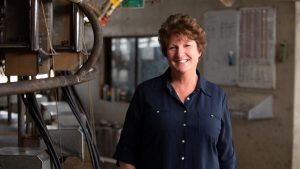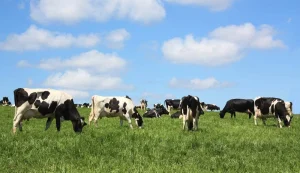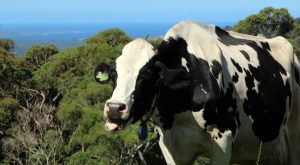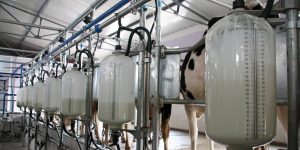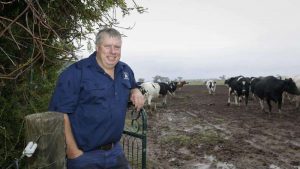
This increase will be driven by favourable farm conditions such as abundant feed stocks, summer rainfall and a lowering water price.
Tasmanian farmers will be the most productive, with Tassie farms on track to eclipse their record 2019-20 year with 850 million litres in 2020-21.
All this has been outlined in the Rural Bank’s Australian Agriculture Outlook 2021 report.
In addition to the good year Australia’s dairy farmers are expected to have, production in New Zealand, the European Union and the United States is also on the increase.
The report says the increasing milk supply will provide a higher exportable surplus, which is likely to lead to growth in export value of four to five per cent.
Demand for milk powder is expected to peak in early 2021 before tapering off as China looks to stockpile.
Japan’s demand for cheese remains sluggish as their own local milk pool increases and foodservice demand remains low.
Rural Bank’s Josie Zilm said the growing milk supply would likely create downward pressure on global dairy prices.
“However, this will be partially offset by importers prioritising food security,” Ms Zilm said.
“Domestic demand is expected to shift from supermarkets back to foodservices … increasing demand for premium products such as soft cheese and butter.”
The report says Victoria will see the biggest swing back to hospitality goods after the state’s intense lockdowns.
When it comes to milk price step-ups, a farmer’s only hope is for their processor to do exceptionally well selling products and pass the windfall down the line.
